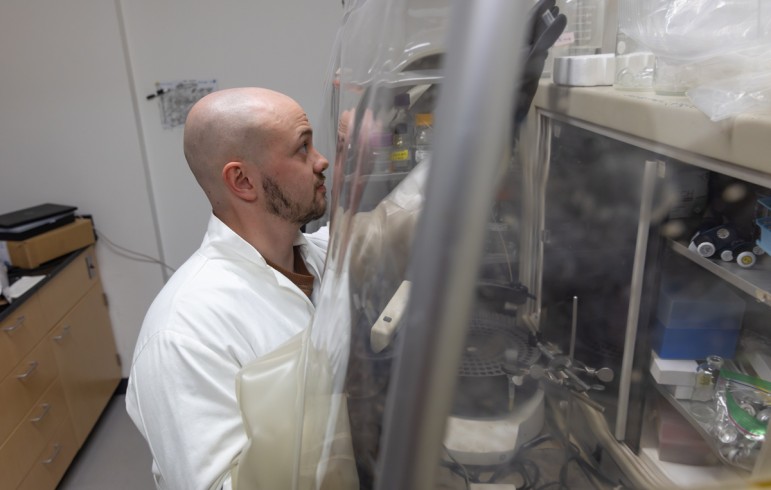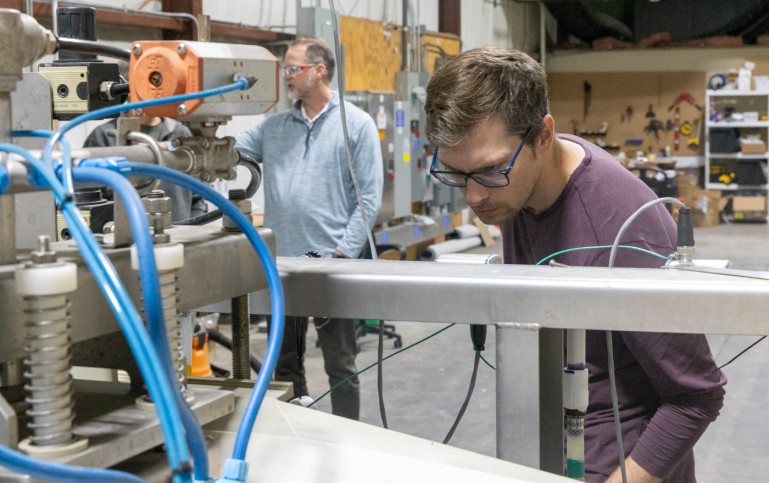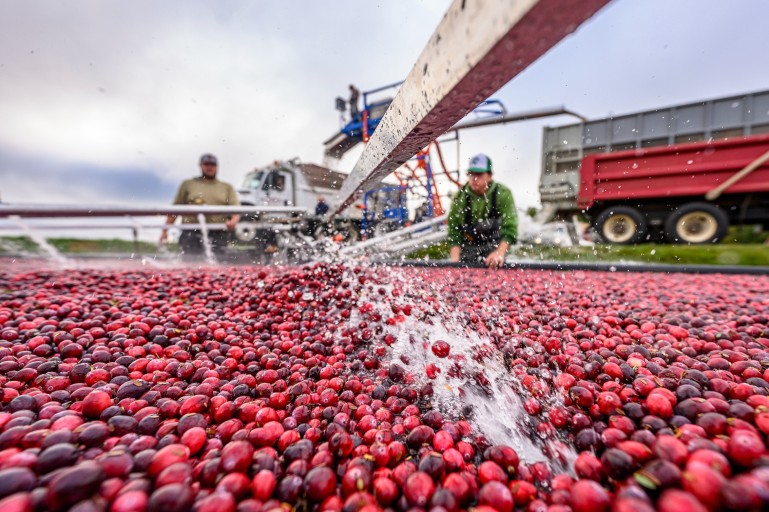About 500 years ago, the accidental natural hybridization of Saccharomyces cerevisiae, the yeast responsible for things like ale, wine and bread, and a distant yeast cousin gave rise to lager beer.
Not so long ago, most of us knew that the electricity powering our homes was generated at a power plant down the road and travelled through transmission lines to get to our kitchens and living rooms. The local utility provided the power and we paid the bill.
“The biggest and most complex machine ever built by humankind.” That is how University of Wisconsin–Madison doctoral student of electrical engineering Philip Hart describes the nation’s power grid.
Almost every week a news story pops up in my inbox about how energy storage is going to revolutionize the energy world. And yet the revolution never comes. Why? Some say the technology is still not there.
Republican lawmakers in Wisconsin are currently considering lifting a 1983 moratorium on creating new nuclear power plants in the state.
In January 2015, the U.S.
The world's first dedicated source of synchrotron radiation, an electron storage ring named Tantalus, has been designated a historic site by the American Physical Society.



